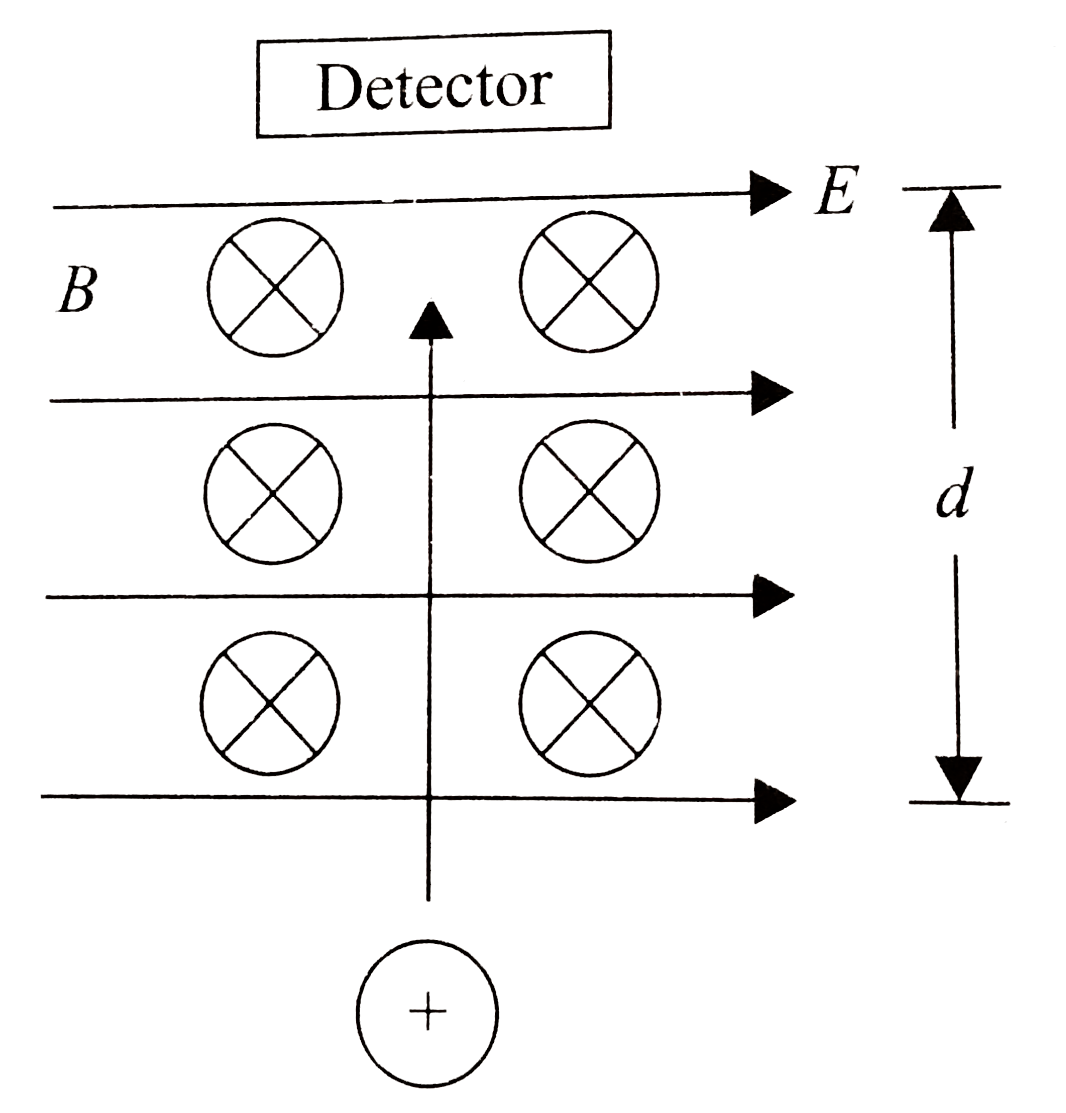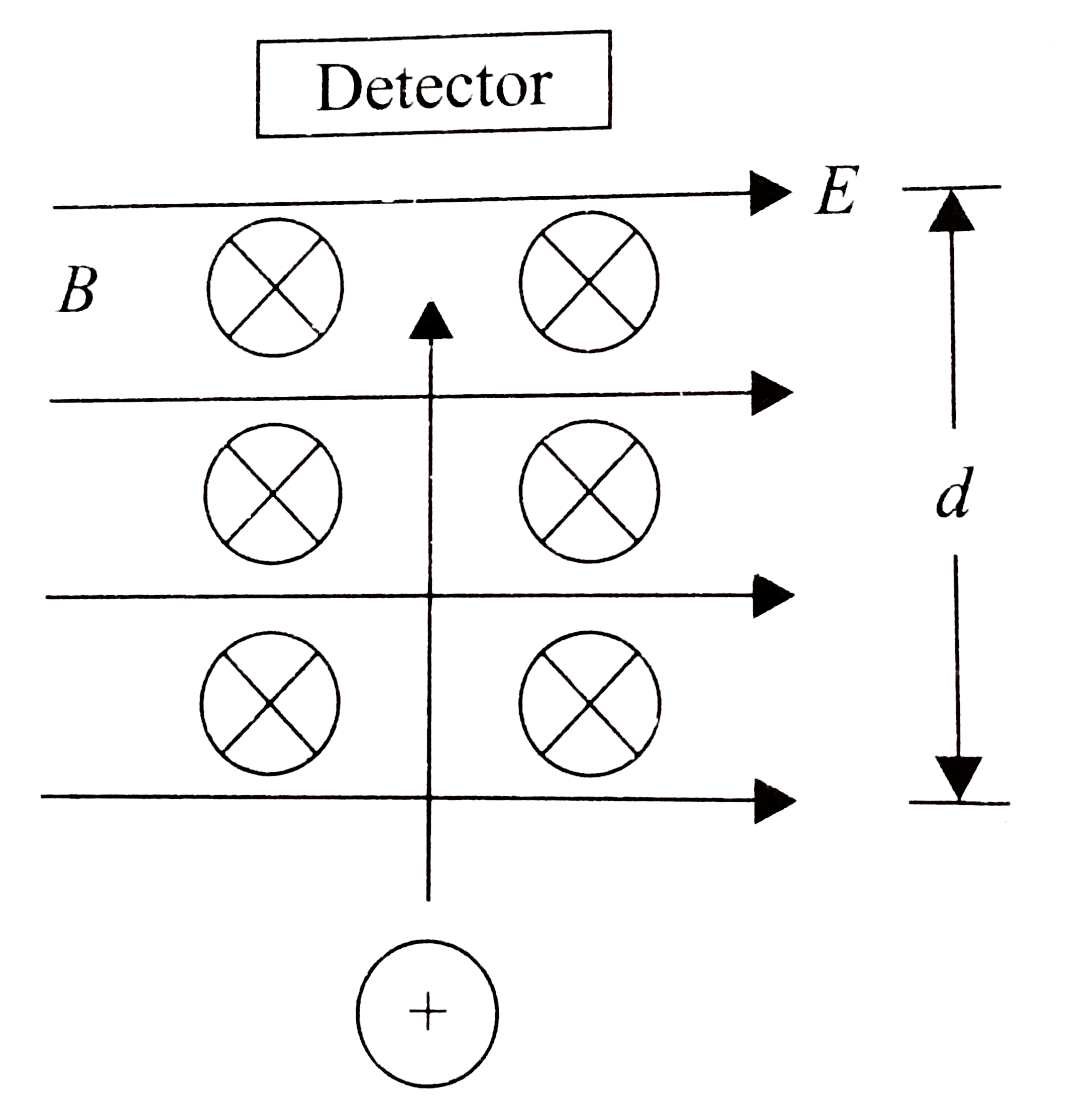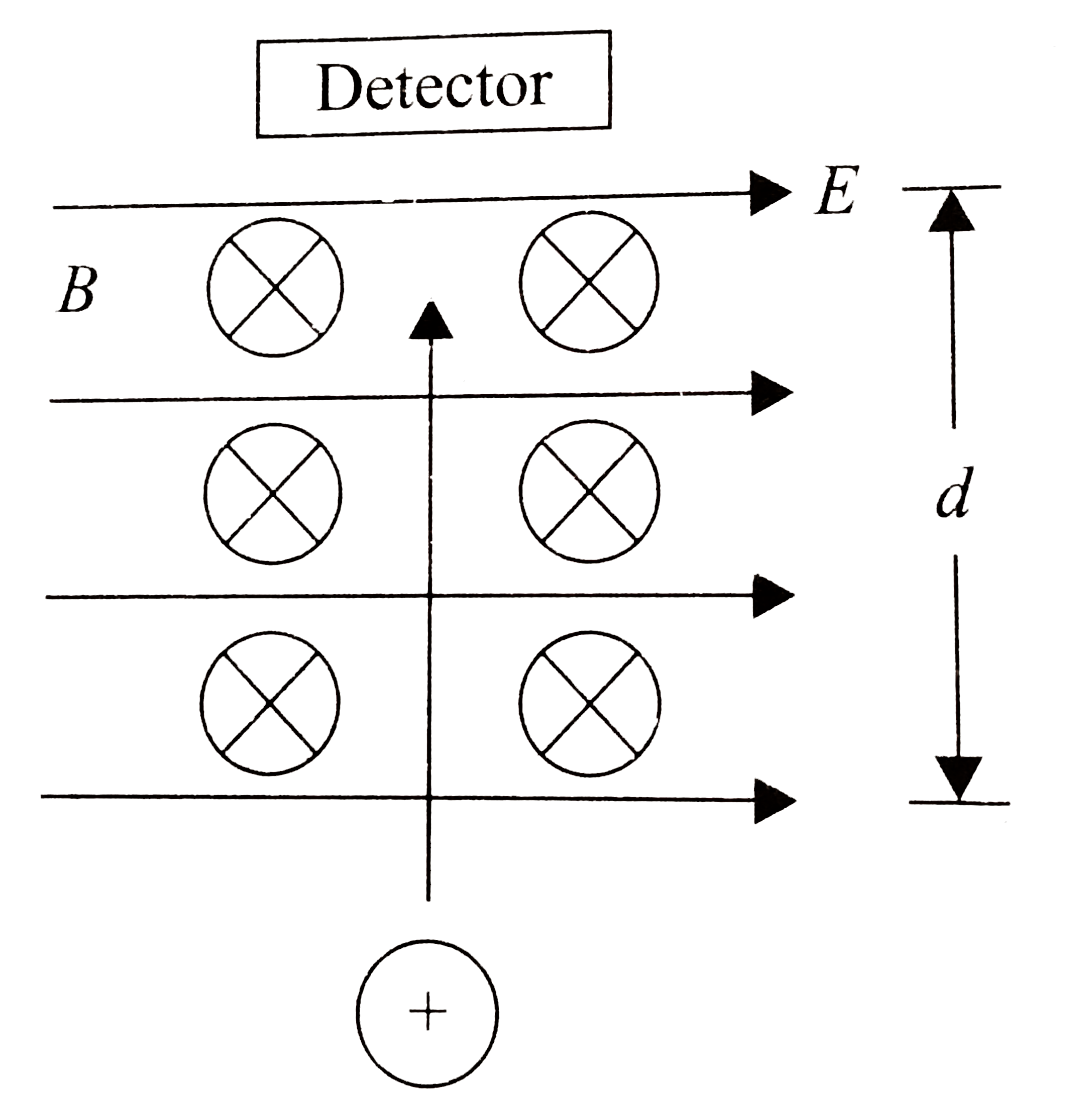One aften comes across the following kind of statement concerning circular motion A particle moving uniformly along a circle experiences a force directed towards the center and an equal and opposite force directed away from the centre The two forces together keep the particle in equilibrium Explain what is wrong with the statement ?
The statement is wrong because an external force is required to move a body uniformaly in a circle This is centripetal force which acts on the particle .
The centrifugal force which is equal and opposite to the centripetal force comes into play on account of tendency of the particle to get back to the straight line path This force does not act on the straight line path This force does not act on the particle It acts on the agent supplying the necessary centripetal force .
Topper's Solved these Questions
- LAWS OF MOTIONBook:PRADEEPChapter:LAWS OF MOTIONExercise:Very short answer questions
Explore 73 Videos
- LAWS OF MOTIONBook:PRADEEPChapter:LAWS OF MOTIONExercise:Long Answer Questions
Explore 16 Videos
- LAWS OF MOTIONBook:PRADEEPChapter:LAWS OF MOTIONExercise:solved examples
Explore 104 Videos
- KINEMATICSBook:PRADEEPChapter:KINEMATICSExercise:1 NCERT Comprehension
Explore 4 Videos
- MATHEMATICAL TOOLSBook:PRADEEPChapter:MATHEMATICAL TOOLSExercise:Fill in the blanks
Explore 5 Videos
Similar Questions
Consider a body moving along a circular path of radius R. Given some statements:- (a) The acceleration of the body is directed towards the centre. (b) The acceleration of the body is directed towards the tangent. (c) One of the forces acting on the body must be variable in nature. (d) The radial acceleration of the body is non-zero. Which of the statements are always true?
View SolutionA velocity filter uses the properties of electric and magnetic field to select particles that are moving with a specifice velocity. Charged particles with varying speeds are directed into the filter as shown. The filter consistt of an electric field E and a magnetic field B, each of constant magnitude, directed perpendicular to each other as shown, The charge particles will experience a force due to electric field given by F = qE. If positively charged particles are used, this force is towards right.

The moving particle will also experience a force due to magnetic field given by F=qvB. When forces due to the two fields are of equal magnitude, the net force on the particle will be zero, the particle will pass through centre with its path unaltered. The electric and magnetic fields can be adjusted t choose the specific velocity to be filtered. The efect of gravity can be neglected.
The electric and magnetic fields are adjusted to detect particles with positive charge q of certain speed v0. which of the following expressions is equal to this speed?
View Solution
Knowledge Check
The force acts ona particle perfoming uniform circular motion and which is directed towards centre along radius of circle is
Acentrifugal forceBcentripetal forceCpseudo forceDgravitational forceThe real force 'F' acting on a particle of mass 'm' performing circular motion acts along the radius of circle 'r' and is directed towards the centre of circle. The square root of magnitude of such force is (T=periodic time)
A2πT√mrBTmr4πC2πT√mrDT2mr4πStatemetn 1: The linear velocity of the individual smooth particles undergoing collision change along the common normal direction.
Statement 2: The bodies apply a pair of equal and opposite forces along their common normal.ABoth statements 1 and 2 are true and statement 2 is the correct explanation of statement 1.BBoth statements 1 and 2 are true but statement 2 is not the correct explanation of statement 1.CStatement 1 is true but staement 2 is false.DStatement 1 is false, but statement 2 is true
A velocity filter uses the properties of electric and magnetic field to select particles that are moving with a specifice velocity. Charged particles with varying speeds are directed into the filter as shown. The filter consistt of an electric field E and a magnetic field B, each of constant magnitude, directed perpendicular to each other as shown, The charge particles will experience a force due to electric field given by F = qE. If positively charged particles are used, this force is towards right.

The moving particle will also experience a force due to magnetic field given by F = qvB. When forces due to the two fields are of equal magnitude, the net force on the particle will be zero, the particle will pass through centre with its path unaltered. The electric and magnetic fields can be adjusted t choose the specific velocity to be filtered. The efect of gravity can be neglected.
Which of the following is true about the velocity filter shown in Fig,
View SolutionA particle is moving in a circle of radius r under the action of a force F=αr2 which is directed towards centre of the circle.Total mechanical enery (kinetic energy+potential energy)of the particle is (take potential energy=0 for r=0)
View SolutionA velocity filter uses the properties of electric and magnetic field to select particles that are moving with a specifice velocity. Charged particles with varying speeds are directed into the filter as shown. The filter consistt of an electric field E and a magnetic field B, each of constant magnitude, directed perpendicular to each other as shown, The charge particles will experience a force due to electric field given by F = qE. If positively charged particles are used, this force is towards right.

The moving particle will also experience a force due to magnetic field given by F = qvB. When forces due to the two fields are of equal magnitude, the net force on the particle will be zero, the particle will pass through centre with its path unaltered. The electric and magnetic fields can be adjusted t choose the specific velocity to be filtered. The efect of gravity can be neglected.
If the filter is set to detect particles of speed v0, which one of the following diagrams best illustrates how the magnitude of the particle acceleration (a) depends on velocity v?
View SolutionThe cyclotron is a device which is used to accelerate charged particles such as protons, deutrons, alpha particles, etc. to very high energy. The principle on which a cyclotron works is based on the fact that an electric field can accelerate a charged particle and a magnetic field can throw it into a circular orbit. A particle of charge +q experiences a force qE in an electric field E and this force is independent of velocity of the particle. The particle is accelerated in the direction of the magnetic field. On the other hand, a magnetic field at right angles to the direction of motion of the particle throws the particle in a circular orbit in which the particle revolves with a frequency that does not depend on its speed. A modest potential difference is used as a sources of electric field. If a charged particle is made to pass through this potential difference a number of times, it will acquire an enormous by large velocity and hence kinetic energy.
Which of the following cannot be accelerated in a cyclotron?
View SolutionForce acting on a particle does some work only when
force has a component along the direction of motion of particle.
force has a component opposite to direction of motion of particle.
force has a component perpendicular to direction of motion of particle.
force is not able to move the particle.
Which of the following statement is/are correct ?
View Solution